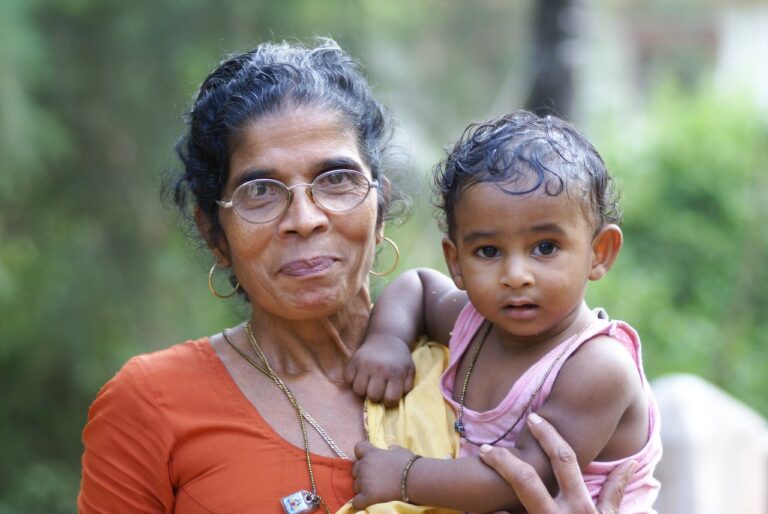Election Campaigns and Social Justice Movements
In the realm of social and political transformation, campaigning for change stands as a pivotal strategy adopted by various advocacy groups and individuals. As the voice of marginalized communities gets amplified through collective action, the walls of injustice begin to crumble. Petitions, rallies, and lobbying efforts serve as the building blocks of these campaigns, channeling the energy of the masses toward a common goal.
At the heart of campaigning for change lies the belief that perseverance and unity are the bedrocks of impactful social reform. By harnessing the power of storytelling, grassroots movements captivate the hearts and minds of individuals, stirring them into action. As ordinary people come together to demand accountability and equity, the landscape of societal norms and structures undergoes a profound shift towards a more just and inclusive future.
The Power of Grassroots Movements
Grassroots movements have the unique ability to mobilize communities towards social and political change. These movements typically emerge from the ground up, driven by the passion and determination of ordinary individuals who are united by a common cause. By harnessing the collective energy of a diverse group of people, grassroots movements have the power to bring about impactful and lasting transformation in society.
One of the key strengths of grassroots movements is their ability to amplify the voices of marginalized communities. Unlike top-down approaches, grassroots movements prioritize inclusivity and strive to center the experiences and perspectives of those who are often ignored or silenced. This collective solidarity across different identities and backgrounds allows grassroots movements to address intersecting issues and work towards creating a more just and equitable society.
Intersectionality in Political Activism
Intersectionality plays a crucial role in political activism by acknowledging the interconnected nature of various forms of discrimination and oppression. This approach recognizes that individuals may experience discrimination based on factors such as race, gender, sexuality, and socio-economic status simultaneously, making it essential to address multiple layers of oppression in advocacy efforts.
By embracing intersectionality in political activism, movements can become more inclusive and effective in promoting social change. It allows for a more comprehensive understanding of the complexities faced by marginalized communities, fostering solidarity and collaboration across different groups. This intersectional approach encourages activists to consider the unique challenges faced by individuals who fall at the intersections of various identities, ensuring that advocacy efforts are truly transformative and impactful.
What is intersectionality in political activism?
Intersectionality in political activism is the recognition that individuals can experience multiple forms of discrimination or oppression based on their various identities, such as race, gender, sexuality, and class. It involves understanding how these intersecting identities shape a person’s experiences and opportunities.
How does intersectionality impact political activism?
Intersectionality in political activism helps to ensure that movements are inclusive and address the needs of all individuals, particularly those who are marginalized or disadvantaged. It encourages activists to consider the ways in which various forms of oppression are interconnected and to advocate for social change that addresses these intersections.
Why is campaigning for change important in political activism?
Campaigning for change is important in political activism because it allows activists to raise awareness about specific issues, mobilize support, and push for policy changes or societal reforms. It is a way to make a tangible impact and bring about the desired outcomes.
What is the power of grassroots movements in political activism?
Grassroots movements in political activism involve individuals coming together at a local level to work towards a common goal or cause. They have the power to create significant change by mobilizing communities, raising awareness, and putting pressure on policymakers to address important issues. Grassroots movements are often seen as a driving force behind social and political change.







